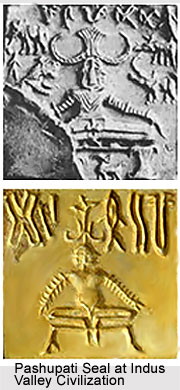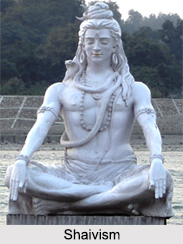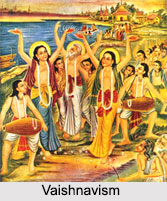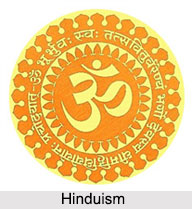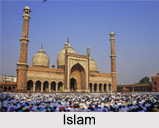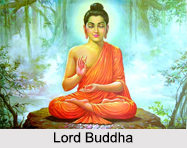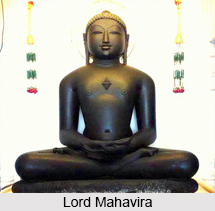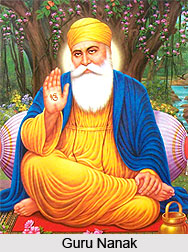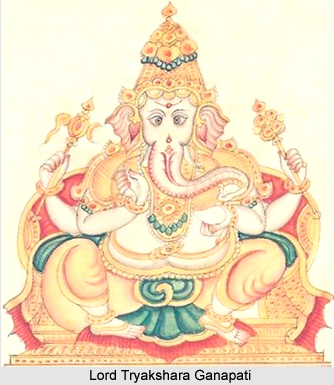 Tryakshara Ganapati is the nineteenth form among the thirty forms of Lord Ganesha. In this form, the deity signifies the scared sound of Aum and means the lord of three letters from Bheejashara (A, U and M). Lord Ganesha is portrayed in golden complexion and has four hands. In his hands, He carries His own broken tusk, a mango, an elephant goad and a noose. Tryakshara Ganapati has a third eye in his fore-head, big flat ears and fly whisks. His trunk is curved towards the left and holds a Modaka, his favourite sweet.
Tryakshara Ganapati is the nineteenth form among the thirty forms of Lord Ganesha. In this form, the deity signifies the scared sound of Aum and means the lord of three letters from Bheejashara (A, U and M). Lord Ganesha is portrayed in golden complexion and has four hands. In his hands, He carries His own broken tusk, a mango, an elephant goad and a noose. Tryakshara Ganapati has a third eye in his fore-head, big flat ears and fly whisks. His trunk is curved towards the left and holds a Modaka, his favourite sweet.
Devotees who worship Lord Tryakshara are blessed with spiritual knowledge. A person can achieve progress in education and career and attain self-realization by praying to this deity and by meditating on the sacred Aum (Om). There are several temples where Tryakshara Ganapati is worshipped, such as, Tirumakudalu Temple in Narasipura, Karnataka; temples of Lord Ganesha in Nanjangud and Chamarajanagar in Mysore, Karnataka and others.
This form of Lord Ganesha is worshipped by a devotional hymn known as the Tryakshara Ganapati Mantra. This can be recited as follows-
Gajendravadanam Sakhshat Chalatkarna Suchaamaram
Hemavarnam Chaturbahum Pashankushadharam Varam
Svadantam Dakshine Haste Savyetvamraphalamtathaa
Pushkare Moodakam Chaiva Dharayantamusmaret.
This article is a stub. You may enrich it by adding more information to it. You can send your write-up at content@indianetzone.com
